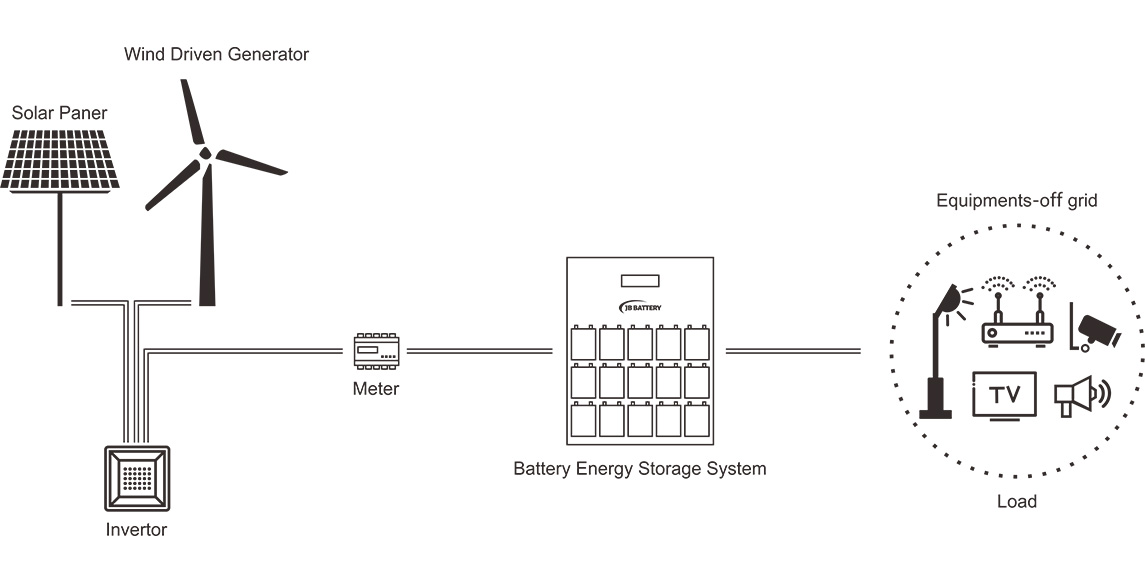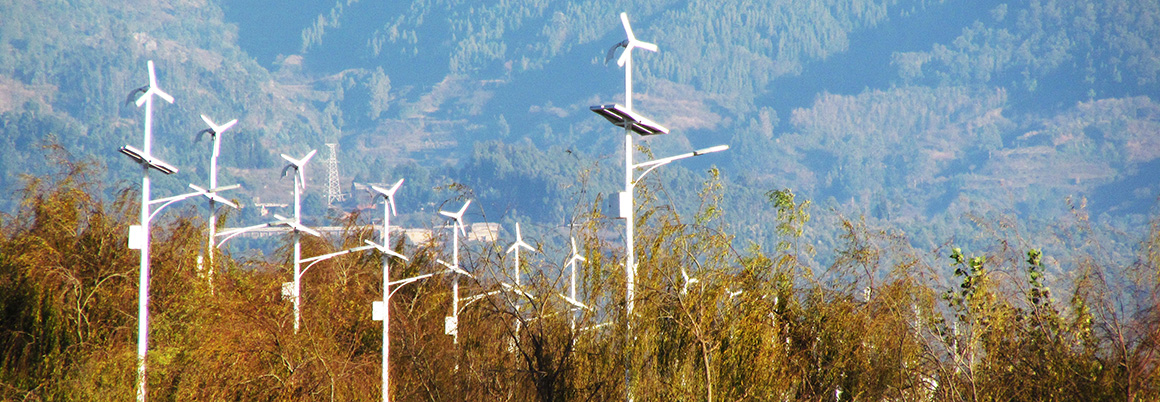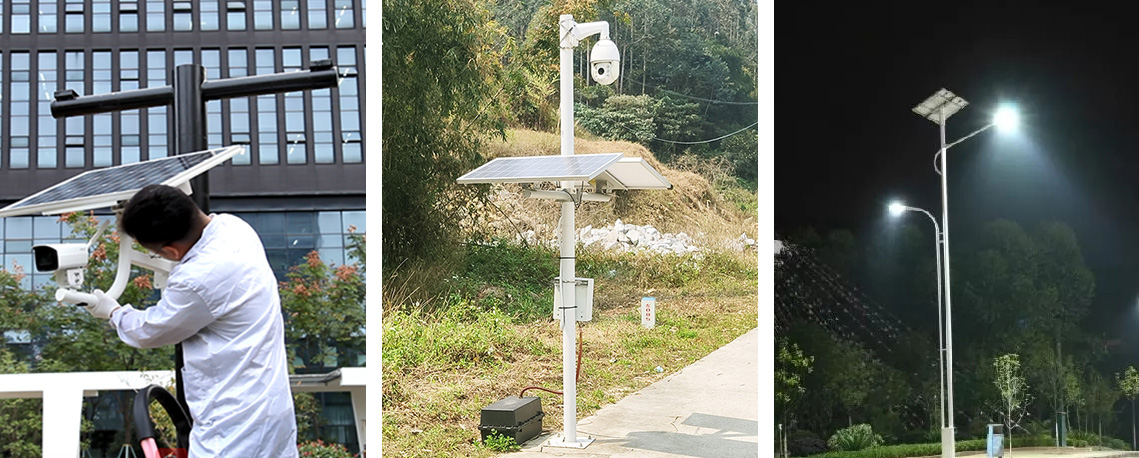Off-grid Solar Power Systems

What is battery storage?
Battery storage technologies are essential to speeding up the replacement of fossil fuels with renewable energy. Battery storage systems will play an increasingly pivotal role between green energy supplies and responding to electricity demands.
Battery storage, or battery energy storage systems (BESS), are devices that enable energy from renewables, like solar and wind, to be stored and then released when customers need power most.
Lithium-ion batteries, which are used in mobile phones and electric cars, are currently the dominant storage technology for large scale plants to help electricity grids ensure a reliable supply of renewable energy.
How a outdoor battery storage system work?
Battery energy storage systems are considerably more advanced than the batteries you keep in your kitchen drawer or insert in your children’s toys. A battery storage system can be charged by electricity generated from renewable energy, like wind and solar power. Then energy is released to the equipments all day long, so it can work off-grid.
JB Battery outdoor energy system supply the off-grid electronic equipments work around the clock, we offer the microgrid energy storage for the outdoor equitments.

Off grid energy storage
Sites that are far from the utility grid, such as mountain huts, have until recently needed a energy storage battery system to obtain a continuous power supply. Battery storage systems can be combined with renewable energy sources such as photovoltaics or wind power to provide an off-grid electricity supply that’s not only greener, but also more cost-effective.
Security monitoring off-grid
Security monitoring is gradually moving into all aspects of people's life, but monitoring deployment in some scenarios cannot be realized due to the limitations of power supply and network conditions. Combines 4G network transmission technology with video surveillance, and applies solar power technology to form an integrated off-grid monitoring system. It is suitable for non-power and grid-free environments, and brings users more comprehensive, accurate and intelligent monitoring deployment solutions.

Off-grid Equipment Application
Smart Solar-Powered LED Outdoor Lighting System Based on the Energy Storage Level in Batteries. A novel smart solar-powered light emitting diode (LED) outdoor lighting system is designed, built, and tested. A newly designed controller, that continuously monitors the energy status in the battery and, accordingly, controls the level of illumination of the LED light to satisfy the lighting requirements and/or to keep the light “on” the longest time possible, has been developed.
The use of such a reliable solar energy-driven lighting system, with maximum time when the light is “on”, will eliminate the sudden-death of light problem present in conventional photovoltaic (PV) outdoor lights and, therefore, will enhance the natural surveillance and feeling of safety in sustainable buildings and cities. Furthermore, the new smart control eliminates the overdischarge of the system battery and, thus, ensures a longer lifetime of the system battery.
Experimental measurements on a system using a 30 W LED light showed that the operating hours of the new system reached 29.16 h (1750 min), while the operating hours for a similar conventional system were 20.86 h (1252 min). Thus, the new lighting system was demonstrated, securing more than 40% of operating hours than the conventional systems.
Solar street light
Solar street lights are raised light sources which are powered by solar panels generally mounted on the lighting structure or integrated into the pole itself. The solar panels charge a rechargeable battery, which powers a fluorescent or LED lamp during the night.
Most solar lights turn on and turn off automatically by sensing outdoor light using solar panel voltage. Solar streetlights are designed to work throughout the night. Many can stay lit for more than one night if the sun is not in the sky for an extended period of time. Older models included lamps that were not fluorescent or LED. Solar lights installed in windy regions are generally equipped with flat panels to better cope with the winds.

 English
English Português
Português 日本語
日本語 Español
Español Pусский
Pусский Deutsch
Deutsch 한국어
한국어 العربية
العربية Français
Français Tiếng Việt
Tiếng Việt Italiano
Italiano